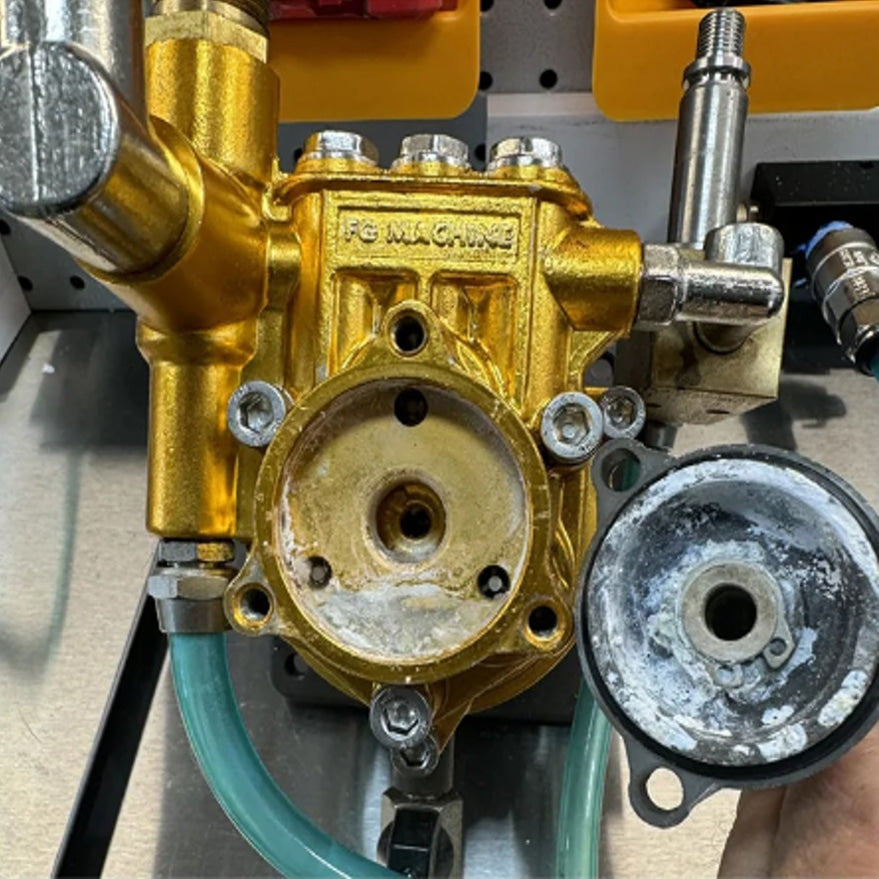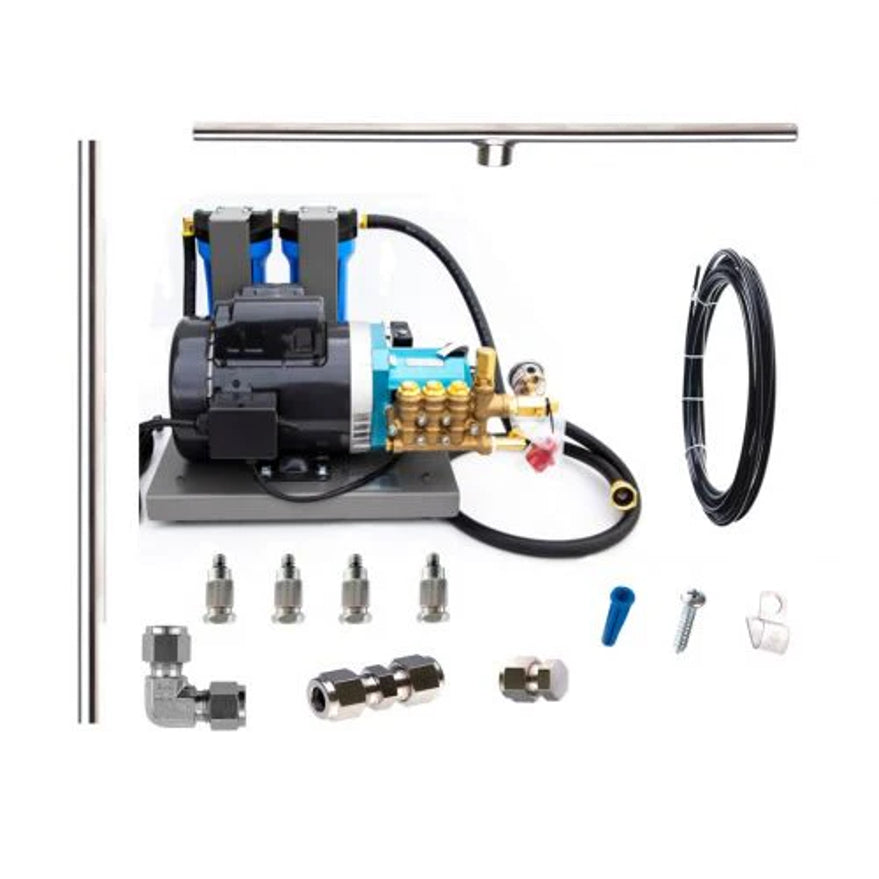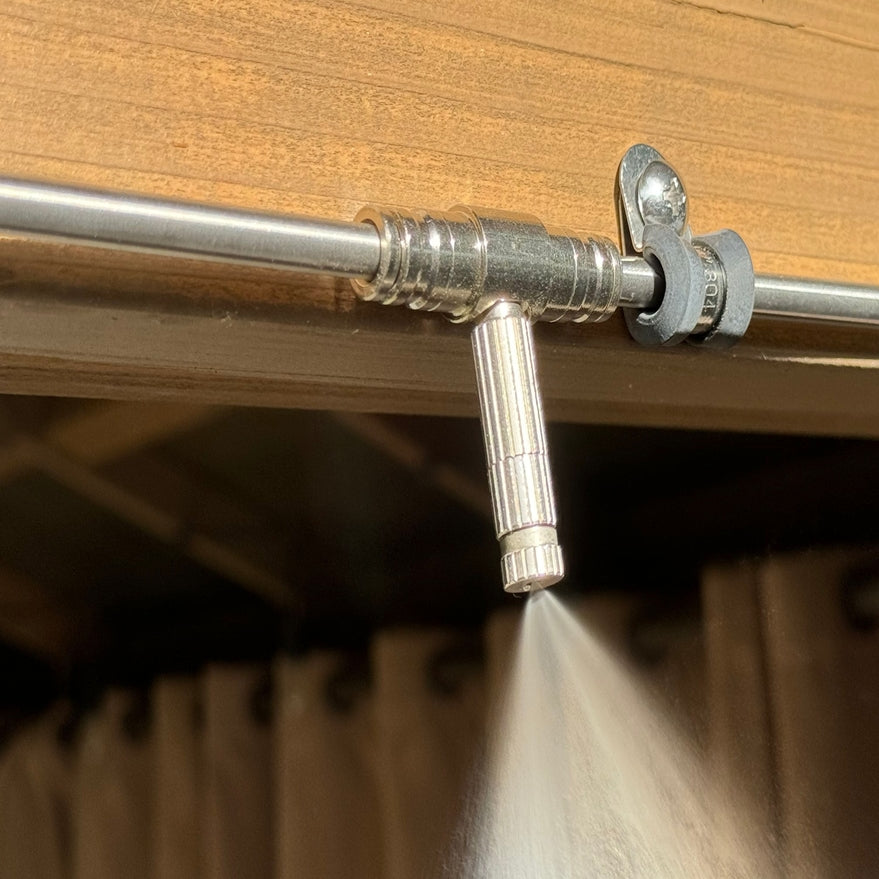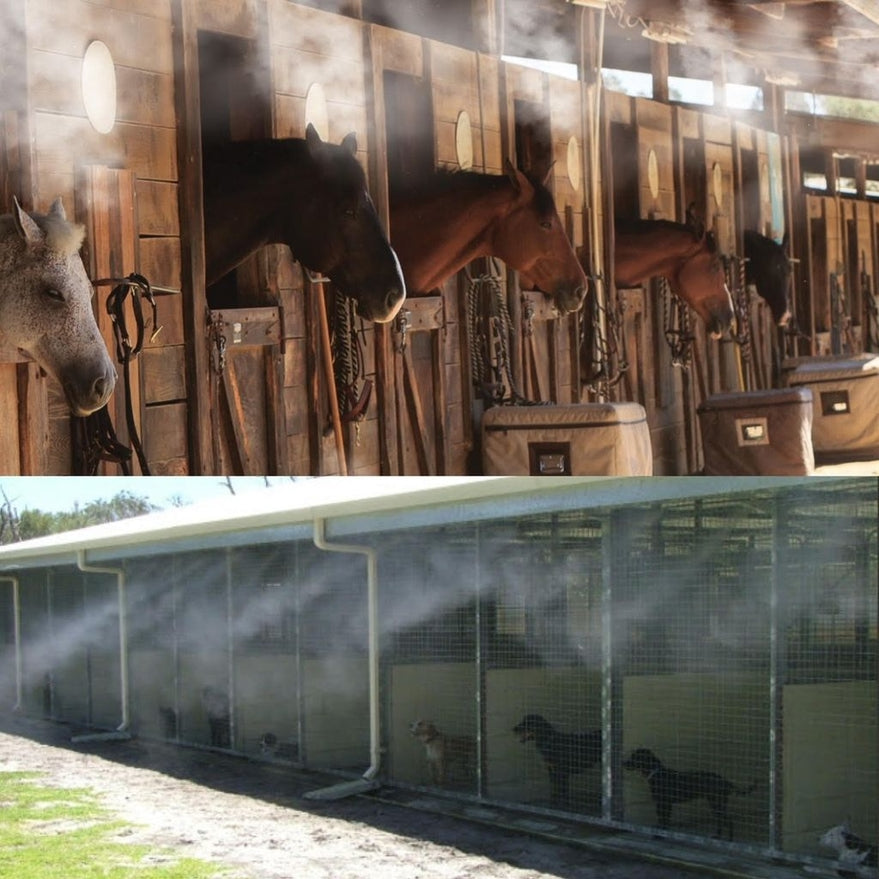📌 Key Takeaways
The Sticker Price Is Just the Opening Bid: The upfront purchase price represents only the entry fee to a much longer financial relationship. Professional venue operators understand that operational costs, longevity factors, and business impact costs often exceed the initial investment over a system's lifetime.
Pump Duty Cycle Determines Your Risk Profile:The difference between intermittent-use and continuous-duty-rated pumps can mean the difference between emergency mid-season failures and decade-long reliable operation. Commercial-grade pumps with pulley drive systems operate at lower RPMs, generating less heat and providing the operational peace of mind necessary for peak season confidence.
Business Impact Costs Are Often the Largest Hidden Expense:A single system failure during peak hours can cost $3,000+ in lost revenue from one evening alone. Professional-grade systems enabling 30-45 additional profitable days per season can generate $120,000 to $180,000 in additional annual revenue potential for typical venues.
The TCO Evaluation Framework Protects Against Costly Mistakes:The comprehensive checklist covering acquisition costs, operational expenses, longevity factors, and business impact provides the data necessary to justify investments to stakeholders while avoiding the cycle of repairs and replacements that plague bargain hunters.
Component Quality Directly Impacts Long-Term Value:Stainless steel tubing maintains professional appearance and structural integrity for years, while advanced filtration systems prevent costly pump damage from calcium buildup—investments that pay dividends through extended operational life and reduced maintenance costs.
This framework transforms atmosphere control system selection from a price-driven gamble into a strategic capital investment decision, providing venue owners with analytical tools to protect their revenue-generating capability while avoiding the hidden costs that can make "bargain" systems the most expensive option.
The Case File: When a "Good Deal" Goes Bad
Saturday night. Peak dinner rush.
Your outdoor patio is packed with guests enjoying the evening ambiance when suddenly—silence. The misting system that's been keeping your outdoor seating comfortable just died. Again. Guests start shifting uncomfortably as the heat becomes unbearable, and within minutes, you're watching potential revenue walk out the door.
This scenario plays out more often than most venue owners realize. The "bargain" atmosphere control system that seemed like such a smart purchase six months ago has become a liability during your busiest season.
Here's what separates successful venue operators from those constantly battling equipment failures: they understand that the sticker price is just the opening bid in a much larger financial equation. The real cost of an atmosphere control system unfolds over years, not months—and making decisions based solely on the upfront price is often the most expensive mistake a venue owner can make.
The Investigation: Deconstructing Total Cost of Ownership

The Prime Suspect: The Upfront Price
Every investigation starts with the obvious suspect, and in this case, it's that initial purchase price staring back at you from the quote. But here's where most venue owners get led astray—they treat this number as if it represents the total investment.
The upfront price is merely the entry fee to a much longer financial relationship.
The Accomplices: Operational Costs
The real financial drain begins once your system starts running. Energy consumption varies dramatically between pump types—a direct drive pump spinning at higher RPMs consumes more electricity and generates more noise than a pulley drive system. That noise factor isn't just about comfort; it's about your ability to use the system during quiet dinner hours without disrupting the dining experience.
Water usage and filtration requirements represent another ongoing expense. Systems operating in areas with hard water require phosphate filtration to prevent calcium buildup, while basic sediment filtration might suffice in other locations. The difference in annual filter costs can reach hundreds of dollars.
Maintenance scheduling also impacts your bottom line. Oil changes every 500 hours, seal replacements according to manufacturer guidelines—these aren't optional suggestions. They're the difference between a system that operates reliably for a decade and one that fails catastrophically during your busiest weekend of the year.
The Motive: Longevity and Replacement Costs
This is where the investigation gets interesting. A residential-grade system might limp along for two to three seasons before requiring replacement. A commercial-grade system with continuous-duty rating? We're talking about a decade or more of reliable operation.
The math becomes stark when you calculate replacement frequency. Replace a lower-cost system three times over ten years, and you've likely spent more than investing in a professional-grade atmosphere control system upfront—not accounting for the business disruption each replacement causes.
Component durability tells the same story. Nylon tubing may seem adequate initially, but stainless steel maintains its appearance and structural integrity year after year. The professional aesthetic matters when guests are evaluating whether your venue meets their expectations.
The Alibi: Warranty and Support
A three-year commercial pump warranty isn't a marketing gimmick—it's a financial safeguard against unforeseen repair costs during your system's most critical operational period. When you're evaluating systems, that warranty represents the manufacturer's confidence in their product's reliability under continuous commercial use.
Support availability becomes crucial during peak season failures. Some manufacturers provide technical support and rapid parts availability; others leave you searching for solutions when you can least afford downtime.
The Witness Testimony: Factoring in Business Impact Costs
The Operations Manager Reports
"The first system failure happened on a Friday night in July. Full patio, two-hour wait for outdoor tables, and suddenly no cooling. We lost twelve table turns that night—roughly $3,000 in revenue. The replacement parts took four days to arrive."
This testimony illustrates the most overlooked TCO component: opportunity cost. Every hour your atmosphere control system isn't functioning represents lost revenue from outdoor seating that would otherwise extend your profitable season.
The Guest Complaint Log Shows
Professional-grade systems create flash evaporation—the mist disappears before reaching guests or furniture. Lower-pressure systems? They create what the industry calls "wetting," and guest complaints follow predictably:
-
Ruined clothing requiring dry cleaning reimbursement
-
Uncomfortable dining experiences leading to negative online reviews
-
Furniture damage from constant moisture exposure
-
Staff time spent managing guest complaints and relocating affected parties
Each incident chips away at your venue's reputation and your team's confidence in the system.
The Revenue Analysis Reveals
Consider the extended seasonal opportunity: a reliable atmosphere control system can add 30-45 additional profitable days per season by making outdoor seating comfortable during marginal weather. For a venue averaging $200 per table per evening across 20 outdoor tables, that represents $120,000 to $180,000 in additional annual revenue potential.
The inverse calculation proves equally compelling—how much revenue do you forfeit each day your outdoor seating remains unusable due to heat?
The Verdict: Your TCO Evaluation Checklist
The evidence points to a clear conclusion: evaluating atmosphere control systems requires a comprehensive financial framework that accounts for total cost of ownership, not just acquisition price.
Here's your professional evaluation tool:
The Commercial Misting System TCO Checklist
|
Cost Category |
Factor to Evaluate |
System A (Low-End) |
System B (Professional) |
|---|---|---|---|
|
1. Acquisition Cost |
Initial Purchase Price |
||
|
Shipping & Installation |
|||
|
2. Operational Costs |
Pump Type (Energy Use/Noise) |
Direct Drive (Louder, Higher RPM) |
Pulley Drive (Quieter, Longer Life) |
|
Water Filtration Needs |
Basic/None |
Advanced (Phosphate/Sediment) |
|
|
Routine Maintenance Parts |
Oil, Seals |
Oil, Seals, Filters |
|
|
3. Longevity & Replacement |
Pump Lifespan (Duty Cycle) |
Intermittent |
Continuous-Duty Rated |
|
Tubing & Fitting Durability |
Nylon |
Stainless Steel |
|
|
Manufacturer Warranty |
120 Days - 1 Year |
1-3 Years |
|
|
4. Business Impact Costs |
Risk of Downtime During Peak Hours |
High |
Low |
|
Risk of "Wetting" Guests |
High |
Very Low (Flash Evaporation) |
|
|
Potential for Extended Seasonal Use |
Limited |
High |
Use this checklist to compare any systems you're evaluating. Fill in the specific details for each option, then calculate the true five-year cost including all categories.
The Expert Analysis: Understanding Pump Lifespan and Duty Cycle

The pump represents the heart of your atmosphere control system, and understanding duty cycle ratings is critical to making a sound investment decision.
Why This Matters: When your pump fails, your entire outdoor cooling capability disappears instantly. During peak season, this translates directly into lost revenue and guest dissatisfaction. The difference between a pump rated for intermittent use versus continuous commercial operation determines whether you face emergency replacement costs during your busiest period.
The Common Misconception: Many venue owners assume all "high-pressure" pumps offer equivalent performance and longevity. This oversimplification ignores the fundamental engineering differences between residential-grade pumps designed for occasional use and commercial systems built for continuous operation.
Residential pumps typically use direct drive mechanisms running at higher RPMs, generating more heat and wear. They're engineered for intermittent cycles—perfect for homeowners who run their systems a few hours daily, but inadequate for commercial venues requiring all-day operation during peak season.
Real-World Implications: A non-commercial pump failing mid-season creates a cascade of problems: emergency replacement costs (often at premium pricing due to urgency), installation downtime during peak revenue periods, and potential damage to your venue's reputation for reliability.
Commercial-grade pumps with continuous-duty ratings provide operational peace of mind. They're engineered with pulley drive systems that operate at lower RPMs, generating less heat and extending component life. The initial investment premium pays dividends through predictable performance and extended operational life—often a decade or more under proper maintenance.
Case Closed: Making a Capital Investment, Not Just a Purchase
The investigation reveals a clear pattern: the true cost of an atmosphere control system extends far beyond its purchase price. Venue owners who focus solely on upfront costs often find themselves trapped in a cycle of repairs, replacements, and lost revenue opportunities.
Professional-grade commercial misting systems represent capital investments in guest experience and revenue protection. They provide the reliability necessary to confidently promote outdoor seating, extend profitable seasons, and maintain the consistent guest experience that drives positive reviews and repeat visits.
Your TCO Checklist serves as the primary tool for making this decision with confidence. Use it to evaluate any system you're considering, and you'll have the data necessary to justify your investment to stakeholders while protecting your venue from the hidden costs that plague bargain hunters.
The choice becomes clear when you frame it properly: invest in a professional atmosphere control system that enhances your revenue-generating capability, or gamble with alternatives that may cost significantly more over their shortened lifespan.
Frequently Asked Questions
Q: How much does pump maintenance typically cost per season?
A: Routine maintenance costs vary by system size and usage, but generally include oil changes every 500 operating hours (typically $30-50 in materials) and seal replacement according to manufacturer guidelines (usually $100-200 annually for commercial systems). Professional maintenance contracts often bundle these services for $300-500 per season.
Q: Is stainless steel tubing really worth the extra cost over nylon?
A: From a TCO perspective, stainless steel tubing provides superior longevity and maintains professional appearance over time. While nylon tubing costs less upfront, it's prone to sagging, UV degradation, and requires more frequent replacement. Stainless steel's durability and aesthetic consistency often justify the initial investment for commercial applications where appearance and reliability matter.
Don't let another season of lost revenue slip away due to ineffective cooling. Discover the Smart Mist difference today.
Explore our complete selection of commercial misting solutions:
-
High-pressure misting system kits with everything you need
-
Commercial-grade pumps designed for continuous operation
-
Ceiling and wall-mounted misting fans for focused cooling
-
Professional installation accessories and filtration systems
Browse our website to discover how the right misting technology can protect your revenue stream while creating the comfortable outdoor environment your guests expect. Our team understands the unique challenges venue owners face, and we're here to help you make a confident investment in proven technology.
Questions about your specific needs? Call Jeff at Smart Mist USA:(916) 308-3856
Email: jeff@smartmistusa.com
This content is provided for informational purposes only and should not be considered professional financial or technical advice. Individual circumstances vary, and venue owners should consult with qualified professionals for personalized guidance on capital equipment investments. The information presented reflects general industry practices and may change over time.
Our Editorial Process
Our content is developed through comprehensive research of industry’s best practices, manufacturer specifications, and real-world operational data. We focus on providing actionable frameworks that help hospitality professionals make informed decisions about their operational investments.
About the Smart Mist USA Insights Team
The Smart Mist USA Insights Team combines decades of experience in commercial misting systems, hospitality operations, and outdoor comfort solutions. Our content reflects real-world expertise gained through thousands of successful installations across restaurants, bars, and entertainment venues nationwide.
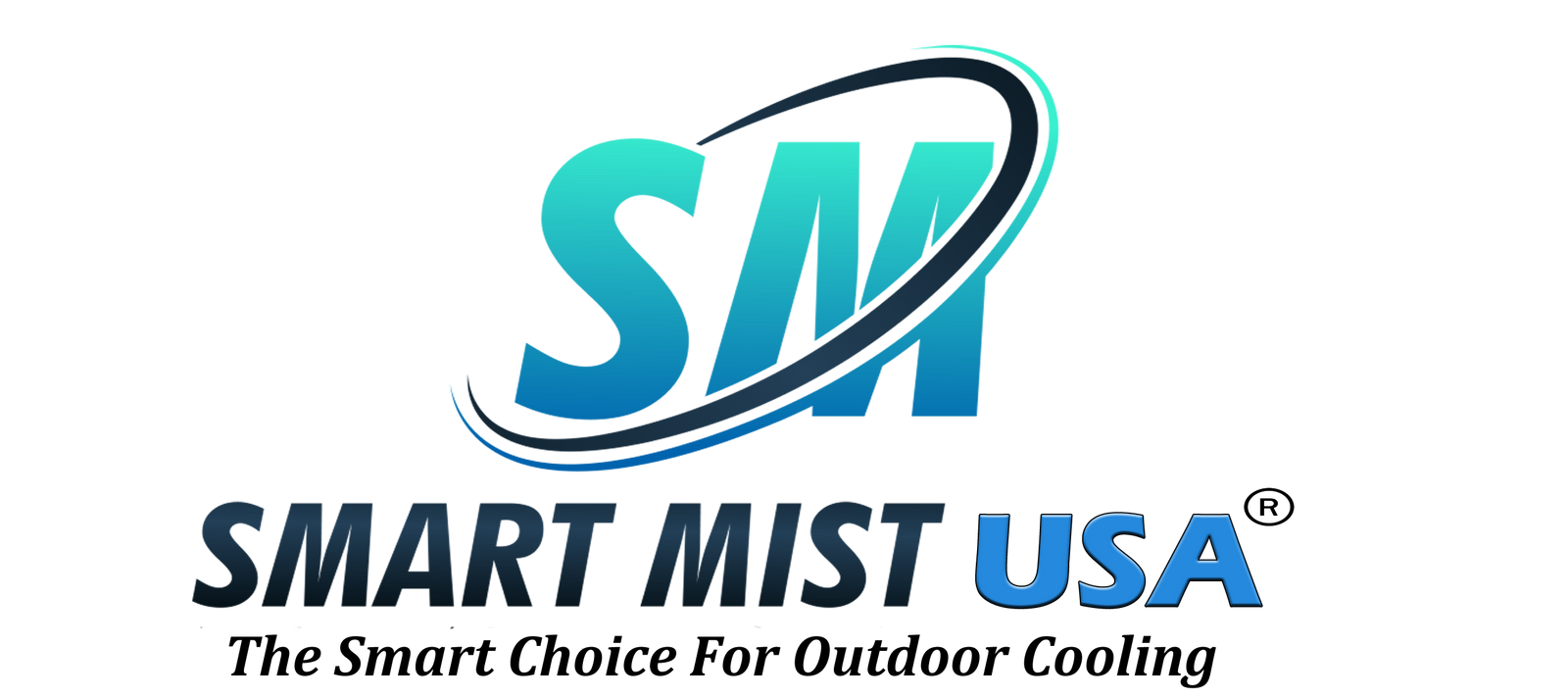
 Free Shipping On All Orders Over $50
Free Shipping On All Orders Over $50 (916) 308-3856
(916) 308-3856
